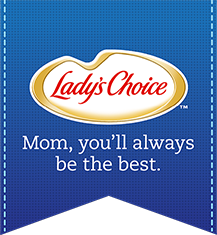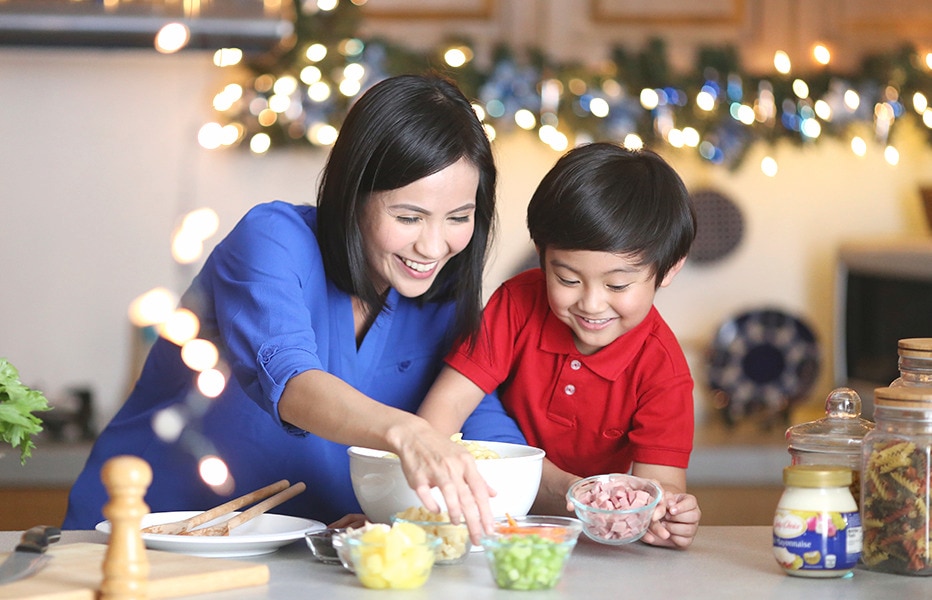Discover The Most Commonly Used Bread For Sandwiches And The Best Ways To Prep Them
Share to facebook Opens in new window
A sandwich doesn't require much to be satisfying, which is why the few elements must be on point. Start with the base: the most commonly used bread for sandwiches should allow for structural integrity.
Technically speaking, “structural integrity” is a field in engineering that ensures a structure can stand on its own under different circumstances. In the foodie context, it means your sandwich doesn't fall apart with every bite. And when you have kids, that also means less clean-up. Yay!
Knowing bread is key to a great sandwich, you must be wondering: what works best? You can use different types of bread for sandwiches, but here are the ones that can give fool proof satisfaction every time. You can spot many of these at your neighborhood panaderia, favorite bakery, or in the bread aisle of your go-to grocery. Ask for them on your next ingredients run so you can make yummy sandwiches for your family in no time.
The Most Commonly Used Bread for Sandwiches

White Bread
White bread is as classic as it gets. Filipinos often refer to this household staple as “tasty bread.” White bread is typically soft, slightly sweet, and easy to eat – a no-brainer option for your kids’ baon. They taste even better after toasting, but plain white bread is still an ideal base for spreads like the flavorful Lady’s Choice Sandwich Spread.
Baguette
Baguettes are texturally exciting. Crispy on the outside and chewy on the inside, they’re incredibly satisfying to eat. The Vietnamese banh mi is a popular sandwich dish featuring the baguette alongside numerous ingredients, including grilled meats, pickled veggies, mayonnaise, and liver spread.
Ciabatta
Ciabatta is Italy’s answer to baguettes. It has a similarly crunchy exterior and chewy interior. However, ciabatta is much softer than its French counterpart. It has a porous structure, making it light and airy, but still thick enough so fillings don’t soak through the bread until it disintegrates. Grilled ciabatta sandwiches are commonly known as paninis, which may contain anything from roasted veggies to deli meats.
Sourdough
As the name suggests, sourdough is known for having a tangy flavor and an ultra-chewy texture. Many consider it a healthy bread option since it’s fermented. It supposedly contains good bacteria and is easier to digest than other bread. Sourdough is great for grilled cheeses as the slightly sour notes can cut through the richness of the cheese.
Milk Bread
Milk bread is very similar to sliced white bread, except its signature qualities are cranked up to 100. It’s sweeter, fluffier, and much more buttery. It also has a bouncy texture that makes basic sandwiches feel premium. Milk bread is a Japanese invention so you can find the best options at Japanese bakeshops where they often sell as pretty, cream-filled fruit "sandos.”
Pandesal
What is the best-bread list without pandesal? The pride of panaderias, this Filipino icon is a common feature in many breakfast and merienda spreads. It’s lightly sweet and very soft, so you can gobble up a handful of these rolls without realizing it. Fill them up with Lady’s Choice Sandwich Spreads, and you have a simple yet delicious sandwich that can come together in minutes.
Top Tips for Building Your Perfect Sandwich

With the most crucial sandwich basic out of the way, it’s time to build your perfect sandwich. Like with all food, your sandwich is a matter of taste. Do you like a lot of different textures and flavors? Do you think of sandwiches as a meal or a snack? Do you want to keep it super healthy, or would you prefer it to be more indulgent? No matter your preferences, these tips will have you well on your way to making satisfying sandwiches.
- Choose the most suitable bread to match your desired fillings.
- Mix and match condiments to pack a ton of flavor in every bite.
- Add veggies like lettuce, tomatoes, and onions for added nutrients.
- Avoid overfilling your sandwich so it’s still easy and mess-free to eat.
- When all else fails, top with cheese and enjoy yourself.

Whether you’re making sandwiches for a quick solo lunch, packing them in your kids’ baunan, or preparing them as finger food for brunch, the right bread will always get you off to a good start. Use this guide to the most commonly used bread for sandwiches as your cheat sheet, and you’ll be whipping up café-worthy sandwiches at home whenever you want.
Related Articles
- slide 1
- slide 2
- slide 3




